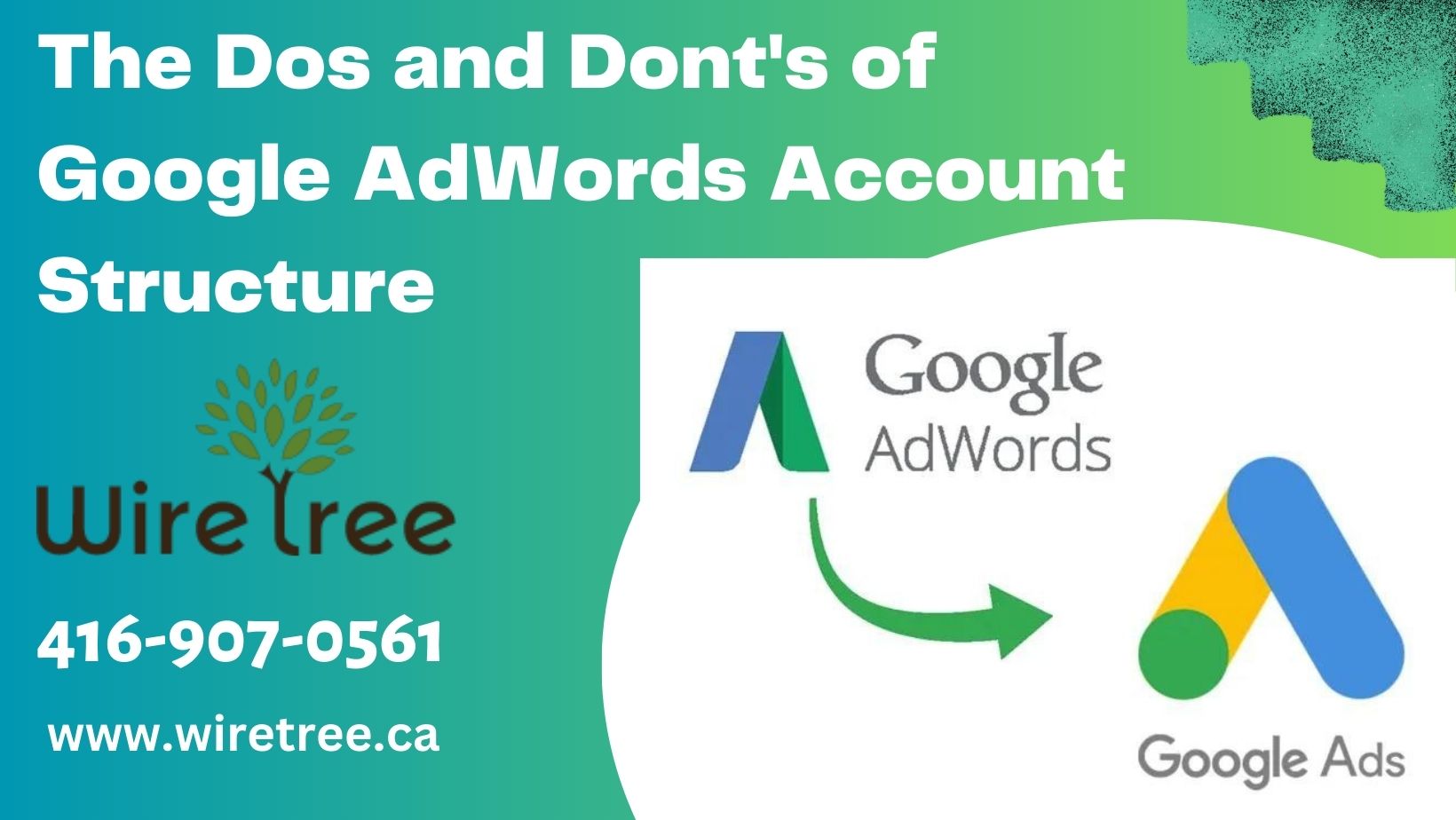As a digital marketer, you know the importance of having a well-structured Google AdWords account. A well-organized AdWords account can help you achieve better results, such as higher click-through rates, lower cost-per-click, and ultimately, higher conversions. In this blog post, we will discuss the dos and don’ts of Google AdWords account structure, to help you optimize your account for better results.

The Dos:
1. Create a Logical Account Hierarchy: When creating your AdWords account, it’s important to create a logical hierarchy that reflects the structure of your business. This means breaking down your campaigns into smaller, more targeted ad groups, which allows you to tailor your ad copy and landing pages to each group’s specific needs.
2. Use Meaningful Names: Use descriptive, meaningful names for your campaigns, ad groups, and keywords. This makes it easier for you to navigate your account and analyze your data. It also helps you stay organized and focused on your goals.
3. Test Multiple Ads: Testing multiple ad variations can help you identify the best-performing ads for each ad group. Be sure to test different headlines, descriptions, and call-to-actions to see which ones resonate with your audience and drive the most conversions.
4. Use Negative Keywords: Negative keywords are a critical part of any AdWords campaign. They allow you to exclude irrelevant search terms and prevent your ads from showing to users who are unlikely to convert.
5. Monitor Your Account Regularly: Monitor your account regularly to ensure that everything is running smoothly. Check for errors, adjust bids, and make updates as needed to keep your campaigns performing at their best.
The Don’ts:
1. Don’t Overcomplicate Your Account: Keep your account structure simple and easy to navigate. Avoid creating too many campaigns or ad groups, as this can lead to confusion and make it difficult to track performance.
2. Don’t Overlap Keywords: Overlapping keywords across multiple ad groups can lead to confusion and competition between your ads. This can drive up your cost-per-click and reduce the effectiveness of your campaigns.
3. Don’t Neglect Mobile: With more and more users accessing the internet from their mobile devices, it’s important to optimize your AdWords campaigns for mobile. Make sure your landing pages are mobile-friendly and that your ads are targeted to users on mobile devices.
4. Don’t Ignore Data: Use data to guide your decisions and optimize your campaigns. Pay attention to metrics like click-through rate, conversion rate, and cost-per-click to identify areas where you can improve your campaigns.
5. Don’t Set It and Forget It: AdWords campaigns require ongoing management and optimization. Don’t set up your campaigns and forget about them. Regularly review your account, make updates as needed, and test new strategies to stay ahead of the competition.
In conclusion, a well-structured AdWords account is critical for achieving optimal results. By following these dos and don’ts of Google AdWords account structure, you can optimize your campaigns and drive better results for your business. Remember to keep it simple, test regularly, and use data to guide your decisions.
